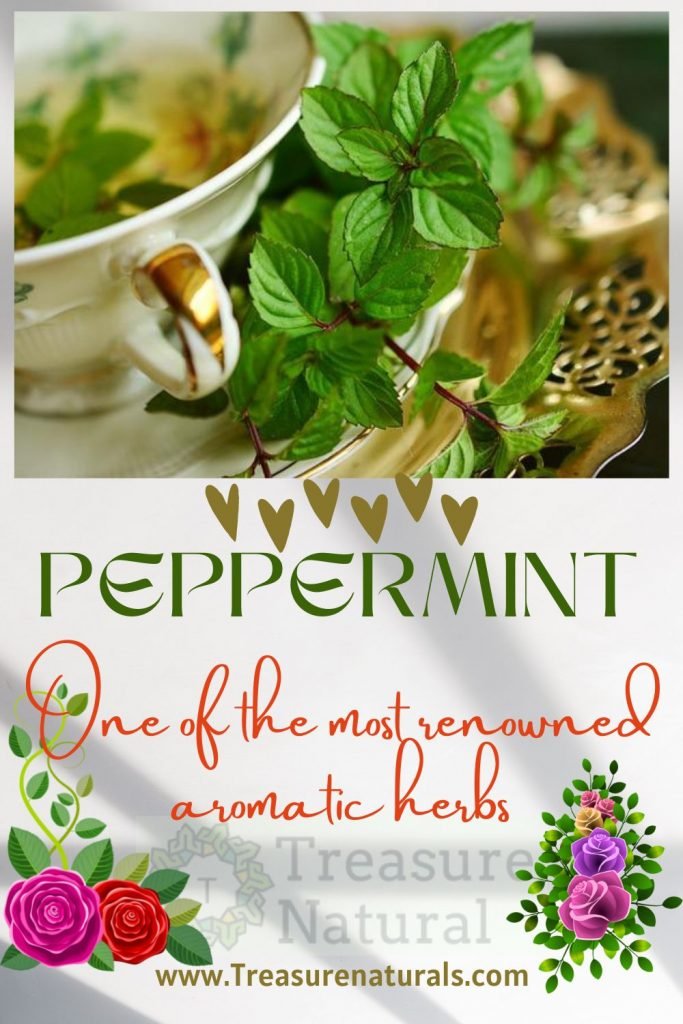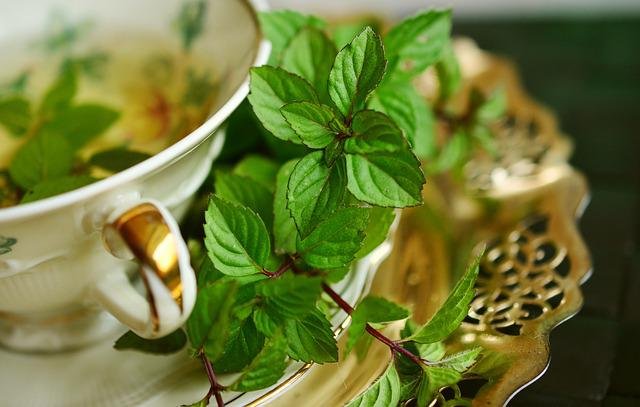
Peppermint, or peppermint, as they know it in Anglo -Saxon countries, is an aromatic herb with an intense flavor and taste and with remarkable therapeutic properties. Let’s find out all in today’s guide.
Peppermint is a perennial herbaceous plant belonging to the Labiate family. With an intense and characteristic aroma, it is native to Europe, but its cultivation is now widespread all over the world. It is actually a spontaneous hybrid resulting from the crossing between two different varieties, aquatic mint and spicata.
Peppermint differs from other types of mint mainly due to its high aromatic power. Its uses are numerous: it is used in the pharmaceutical and food sectors to flavor some products, such as mouthwashes, toothpastes, candies and herbal teas.
It is also used as a decongestant and antineuralgic for the upper airways. Finally, there are various applications in the culinary field for the preparation of both alcoholic and non-alcoholic dishes and drinks.
The different varieties
In addition to peppermint, mint is a plant present in several varieties. Between these:
- aquatic mint lives above all in very humid soils and is used for both gastronomic and herbal use. Its good scent tends to ward off insects from which it is perceived as annoying.
- Mint spicata, also known as Roman herb, is frequently found in the countryside and has deep green leaves.
- the golden mint is characterized by yellow streaked leaves which make it useful also for ornamental purposes.
- mint, or nepitella, with a taste similar to mint, is used above all in the preparation of traditional gastronomic dishes.
Cultivation
Easy to grow, it prefers little shaded and basically humid areas. It can be placed both in pots and directly in the garden.
Choose a container that is large and deep enough to fill with good soil. The plant, in fact, tends to grow and expand. It must be watered regularly but without exceeding the quantity of water.
The soil, in fact, must always be moist but avoiding water stagnation.
For garden cultivation, it is good practice to avoid clayey soils and prefer well-worked and fertile ones. It is a rather cold-resistant plant but it is preferable to ensure good sun exposure for at least part of the day.
The essential oil of peppermint
Mint essential oil is derived from its beautiful bright green leaves and has numerous beneficial properties and a fresh, pungent smell. The therapeutic efficacy of this essential oil is due to the presence of important active ingredients such as menthol.
- It has renowned digestive virtues and can be a valid ally in case of flatulence, dyspepsia, bloating and diarrhea.
- It is also antiemetic, to be used in case of vomiting or nausea.
- It is a useful antibacterial to neutralize various bacterial strains, as well as carrying out an antiseptic action.
- It has an anti-inflammatory and analgesic action if massaged locally in case of headache, neck pain or muscle tension.
- It can also be used against colds by diluting a few drops of essential oil in a basin with hot water. No less important are the cosmetic applications of this oil.
- It has an invigorating and refreshing action which is why it is a basic ingredient in the preparation of do-it-yourself cosmetic recipes. A few drops, for example, can be added to prepare an astringent mask that helps reduce skin impurities.
Recipes with peppermint
Thanks to its particular aroma, mint lends itself very well to the preparation of numerous dishes. Excellent as an aromatic condiment for many first courses, it perfectly accompanies some vegetables. This is why we find it in various recipes with aubergines or courgettes.
During the summer, mint can be added in the preparation of salads, to give a touch of freshness and flavor, or to season legumes. It is also a fundamental ingredient for the realization of a typical dish of Middle Eastern cuisine such as tabbouleh.
With mint leaves you can also prepare excellent refreshing drinks, using especially essential oil or syrup, or herbal teas with digestive effectiveness. Mojito, a renowned cocktail originally from Cuba, is also prepared by pounding the leaves of this plant.
A peppermint tea
Using the fresh or dried leaves of the plant, a pleasant digestive and refreshing herbal tea can be prepared. It is enough for this to pour a handful of fresh leaves in 1 liter of boiling water.
After leaving it to infuse for about 5 minutes, the herbal tea is filtered to consume it lukewarm. It is not recommended to take it in the evening because it could interfere with night rest.
Peppermint contraindications

The use of this aromatic herb requires some care and precaution on the part of those suffering from gastric and ulcers. The use of essential oil, which should always be diluted, risks producing side effects.
Among these, in particular, irritation of the mucous membranes, nausea, vomiting and increased gastroesophageal reflux. Even for children and pregnant or breastfeeding women, the use of mint is not recommended for essentially precautionary reasons.






